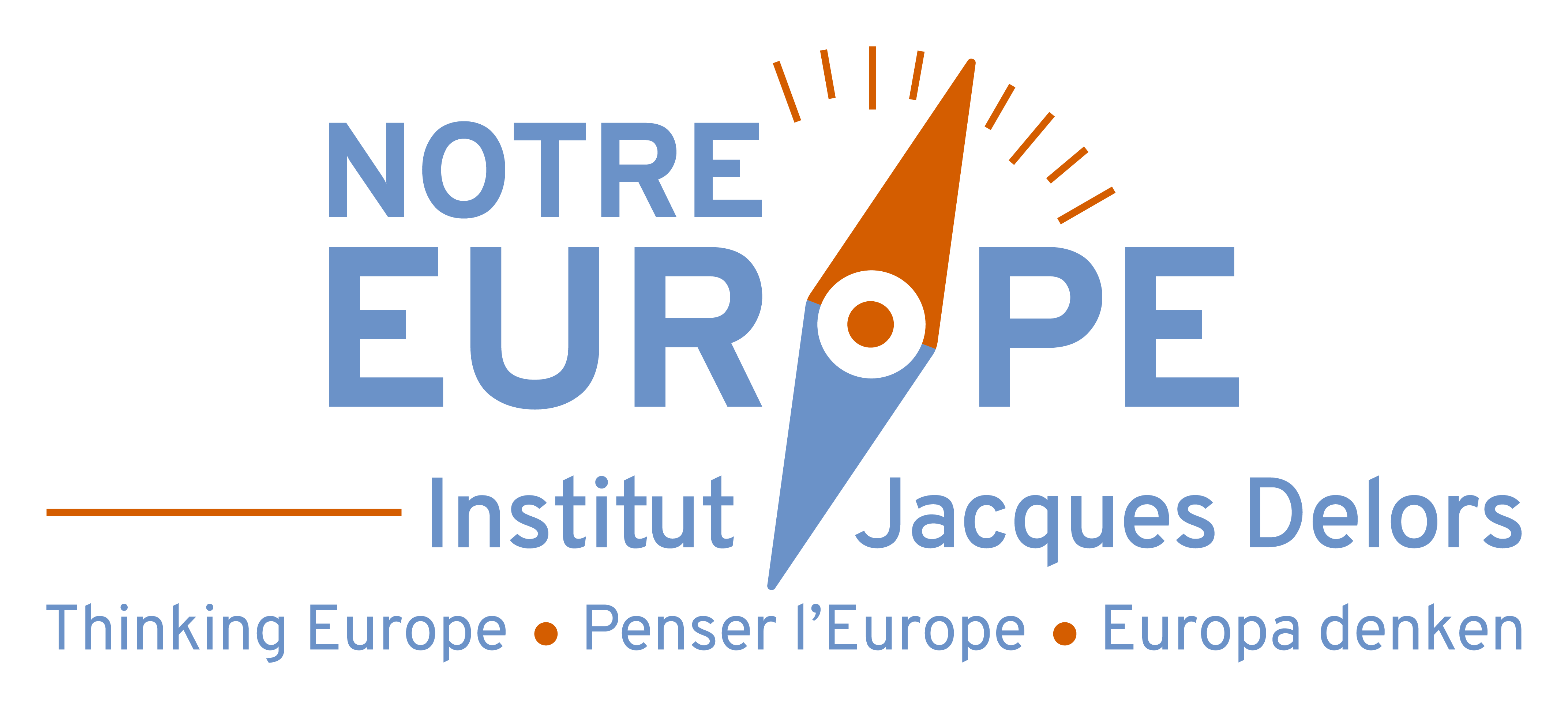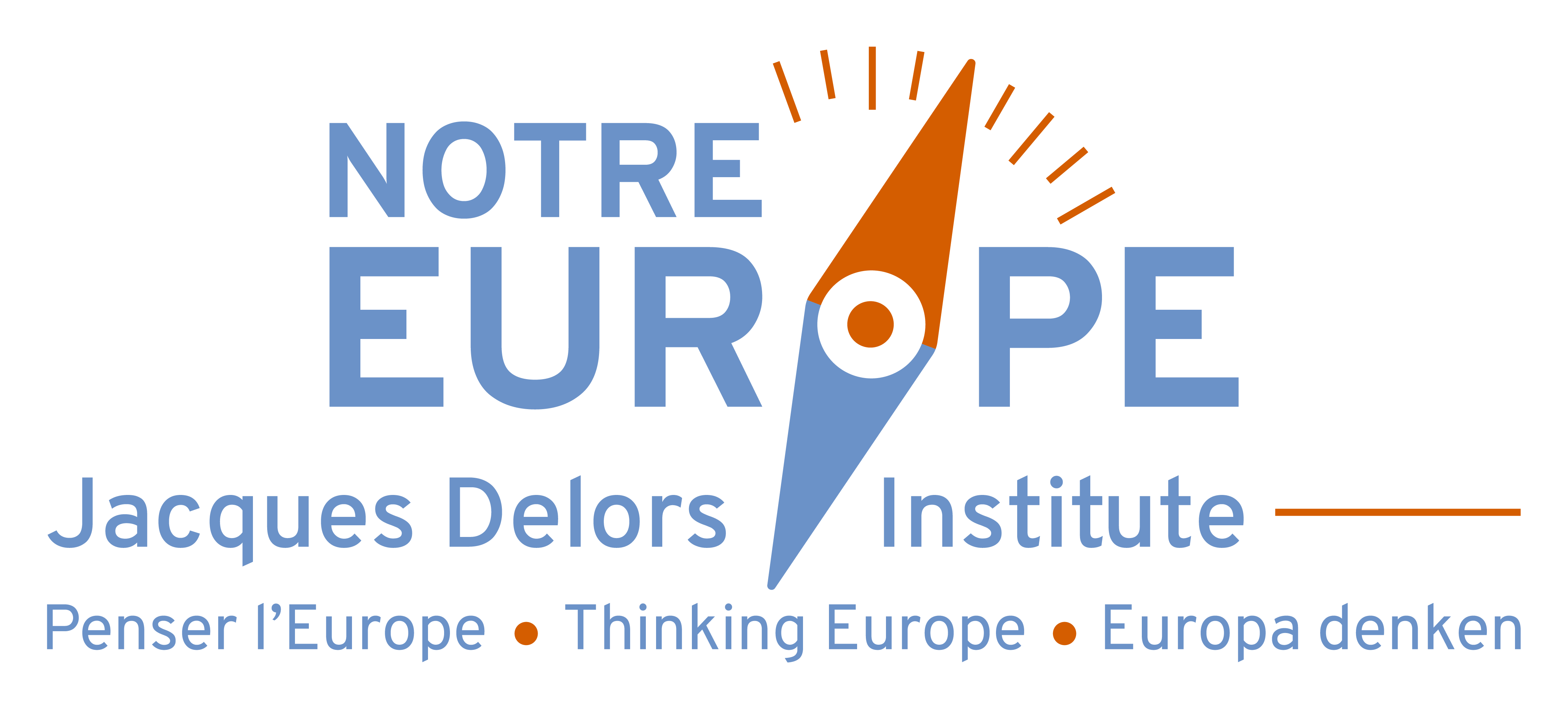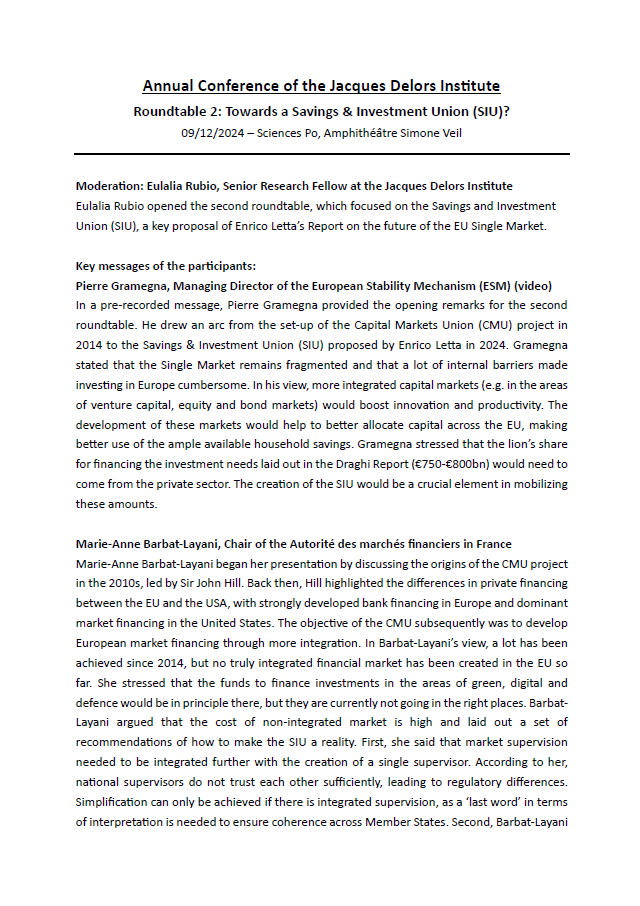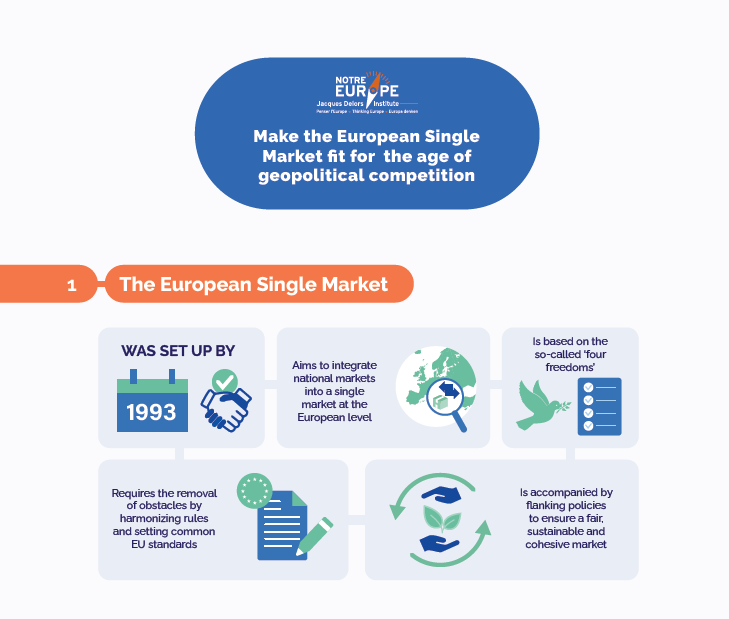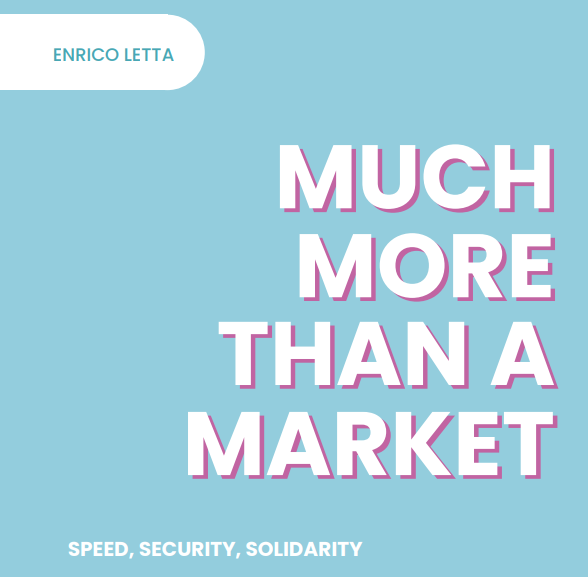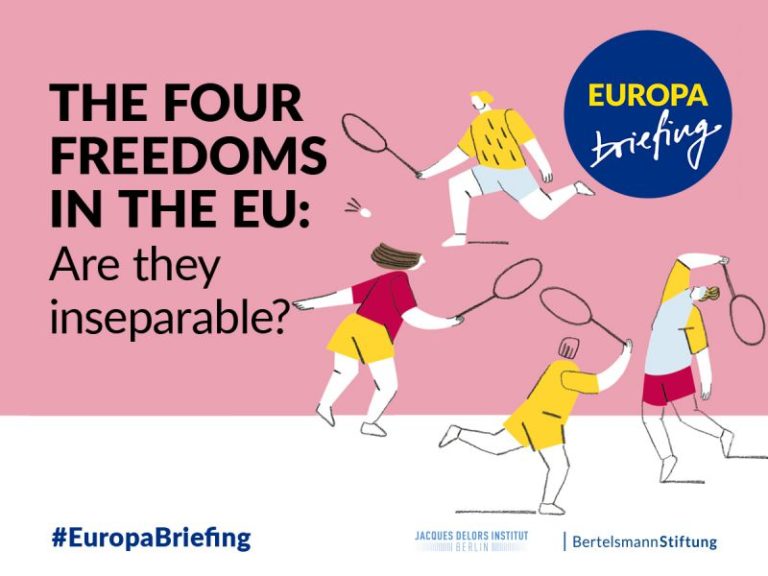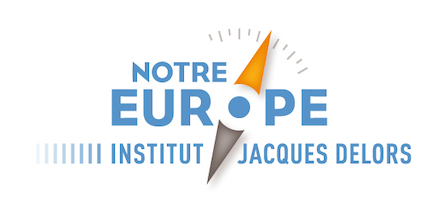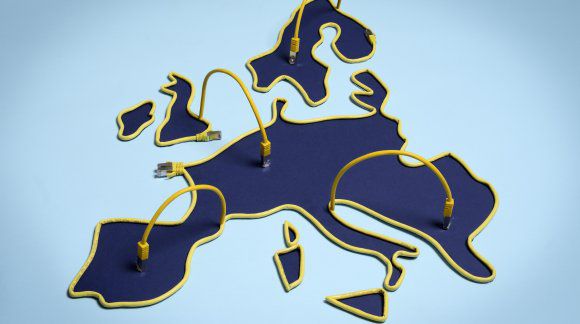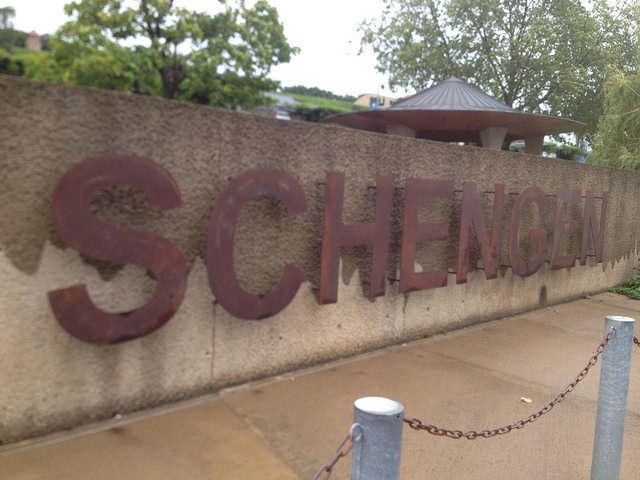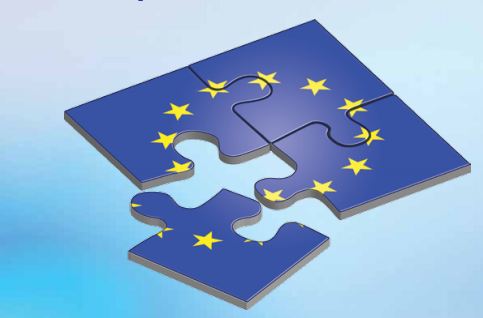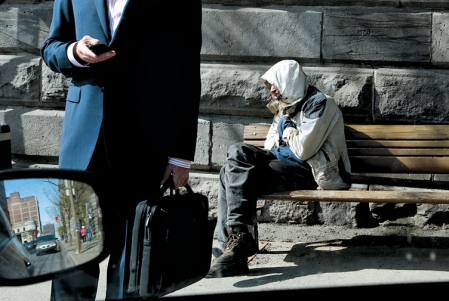Blog post
Annual Conference of the Jacques Delors Institute
Roundtable 2: Towards a Savings & Investment Union (SIU)?
09/12/2024 – Sciences Po, Amphithéâtre Simone Veil
Moderation: Eulalia Rubio, Senior Research Fellow at the Jacques Delors Institute
Eulalia Rubio opened the second roundtable, which focused on the Savings and Investment Union (SIU), a key proposal of Enrico Letta’s Report on the future of the EU Single Market.
Key Messages of the participants:
Pierre Gramegna, Managing Director of the European Stability Mechanism (ESM) (video)
In a pre-recorded message, Pierre Gramegna provided the opening remarks for the second roundtable. He drew an arc from the set-up of the Capital Markets Union (CMU) project in 2014 to the Savings & Investment Union (SIU) proposed by Enrico Letta in 2024. Gramegna stated that the Single Market remains fragmented and that a lot of internal barriers made investing in Europe cumbersome. In his view, more integrated capital markets (e.g. in the areas of venture capital, equity and bond markets) would boost innovation and productivity. The development of these markets would help to better allocate capital across the EU, making better use of the ample available household savings. Gramegna stressed that the lion’s share for financing the investment needs laid out in the Draghi Report (€750-€800bn) would need to come from the private sector. The creation of the SIU would be a crucial element in mobilizing these amounts.
Marie-Anne Barbat-Layani, Chair of the Autorité des marchés financiers in France
Marie-Anne Barbat-Layani began her presentation by discussing the origins of the CMU project in the 2010s, led by Sir John Hill. Back then, Hill highlighted the differences in private financing between the EU and the USA, with strongly developed bank financing in Europe and dominant market financing in the United States. The objective of the CMU subsequently was to develop European market financing through more integration. In Barbat-Layani’s view, a lot has been achieved since 2014, but no truly integrated financial market has been created in the EU so far. She stressed that the funds to finance investments in the areas of green, digital and defence would be in principle there, but they are currently not going in the right places. Barbat-Layani argued that the cost of non-integrated market is high and laid out a set of recommendations of how to make the SIU a reality. First, she said that market supervision needed to be integrated further with the creation of a single supervisor. According to her, national supervisors do not trust each other sufficiently, leading to regulatory differences. Simplification can only be achieved if there is integrated supervision, as a ‘last word’ in terms of interpretation is needed to ensure coherence across Member States. Second, Barbat-Layani stressed that to further develop capital markets in Europe, especially the securitization sector would need to be developed. Third, she also saw a need for the development of a variety of European products for retail investors to allow for actual market integration. In this regard, Barbat-Layani highlighted the large differences in taxation across Member States, which would need to be more aligned to ensure that these products would also be attractive across the EU. Overall, she saw strong and widespread support for the development of the SIU, especially as public finances are strained, and bank finance capabilities are limited. In her view, quick wins towards the SIU could be achieved in the areas of supervision and securitization.
Verena Ross, Executive Director of the European Securities and Markets Authority (ESMA)
Verena Rossa stressed that financial markets in the EU remain very fragmented compared to the US: almost all Member States have their own stock exchange, compared to two major ones in the US. The EU also has 14 clearing houses and numerous settlement systems. While public equity markets are in decline, with fewer companies coming to market, investment needs to be supplemented by other sources, especially for start-ups, which are essentially financed by risk-averse banks. The EU also lacks pension funds that could play a role in investment capacity. The system of public pensions is under pressure. Tax incentives should encourage investment in pension funds. Ross agreed with Barbat-Layani that prudential supervision should be carried out at EU level on the basis of common rules. The European Parliament and the Council have given the European Commission a mandate. But the number of details to be dealt with and the compromises to be made require more flexibility in the legislative process.
Johannes Lindner, Co-Director of the Jacques Delors Centre in Berlin
Following Enrico Letta’s and Mario Draghi’s plea in favour of the SIU, Johannes Lindner argued that there was now a much better case for the project than a year ago. The project has been given new ownership and leadership with the joint efforts of Macron, Scholz and Lagarde and the approval of the new Commission’s mission letter. But Lindner also mentioned a number of obstacles for the realization of the SIU. First, the nature of capital markets integration makes it a highly technical issue, on which political decision-makers might not want to expand a lot of political capital. Second, the project faces hurdles from strong differences in national legislation in areas such as taxation, corporate law and pension systems, and from a wide array of different actors with vested interests. Third, the stakes differ from one Member State to another, and the benefits are generally more dispersed than the risks. Finally, the project has been delayed by the domestic political situation in France and Germany. To make the SIU a reality, Lindner laid out a three-pronged strategy. First, pressure from industry should help to go ahead with the various proposals, while he was less optimistic about a reform of the supervisory architecture. Second, Lindner argued that one would need to engage in the national debates to make the SIU advance. There needs to be a debate on how people save for retirement and reforms and new products in the pension systems could help to develop the SIU at the European level. Finally, he stressed that politicians should seize opportunities from other discussions, such as on public investment instruments. The new Multiannual Financial Framework (MFF) will likely come with a competitiveness fund, which should be designed in a manner that attracts also private savings and investment.
SUR LE MÊME THÈME
ON THE SAME THEME
PUBLICATIONS
The Unexpected Impact of Prosperity: How the Manipulation of the Consequences of Globalization by the Far-Right Movements Endanger the International Order?

Together we trade, divided we aid

Make the European Single Market fit for the age of geopolitical competition

After the elections in the United States, will Europe wake up?

For a competitive European industrial policy

Opening Financial Data: A Threat to Solidarity and Consumer Protection in Europe

Commonalities and fault lines in EU economic policy visions

Much more than a Market

Les projets importants d’intérêt européen commun (PIIEC)

Strategic Autonomy
in Post-Covid Trade Policy

External Differentiation in Access to the Single Market: Effectiveness, Accountability and Political Unity

Is Brexit a game changer for EU external differentiated integration?

Brexit and External Differentiation in Single Market Access

European Taxes: Do We Need Them?

The four freedoms in the EU: Are they inseparable?

How To Scale-up in the EU? Creating a Better Integrated Single Market for Start-ups

Venture Capital: How to harmonize national and EU measures?

Balancing Ambition and Pragmatism for the Digital Single Market

Digital Development: a Matter of Speed

Free movement of Europeans – Taking stock of a misunderstood right

A deepened Single market for labour and digital innovation

De jure freedom of movement and de facto mobility in the EU internal market

Growth and euro area stability: for a deepened single market for services

The single market and cohesion policy dyad: battered by the crisis and globalisation

The single market 20 years later: challenges and opportunities

European elections: full steam ahead!

Enjoying a Single Market for Network Industries?

Public Services and European Competition: Contradiction or Conciliation?

Single market: new rules urgently needed

Single market: industrial and political challenges

The Single Market: cornerstone of the EU

Competition, Cooperation, Solidarity: new challenges

Jacques Delors’ “Triptych”: current situation and prospects

For a new relaunch of the single market

15 countries in a boat: economic and social cohesion – the cornerstone of european integration

